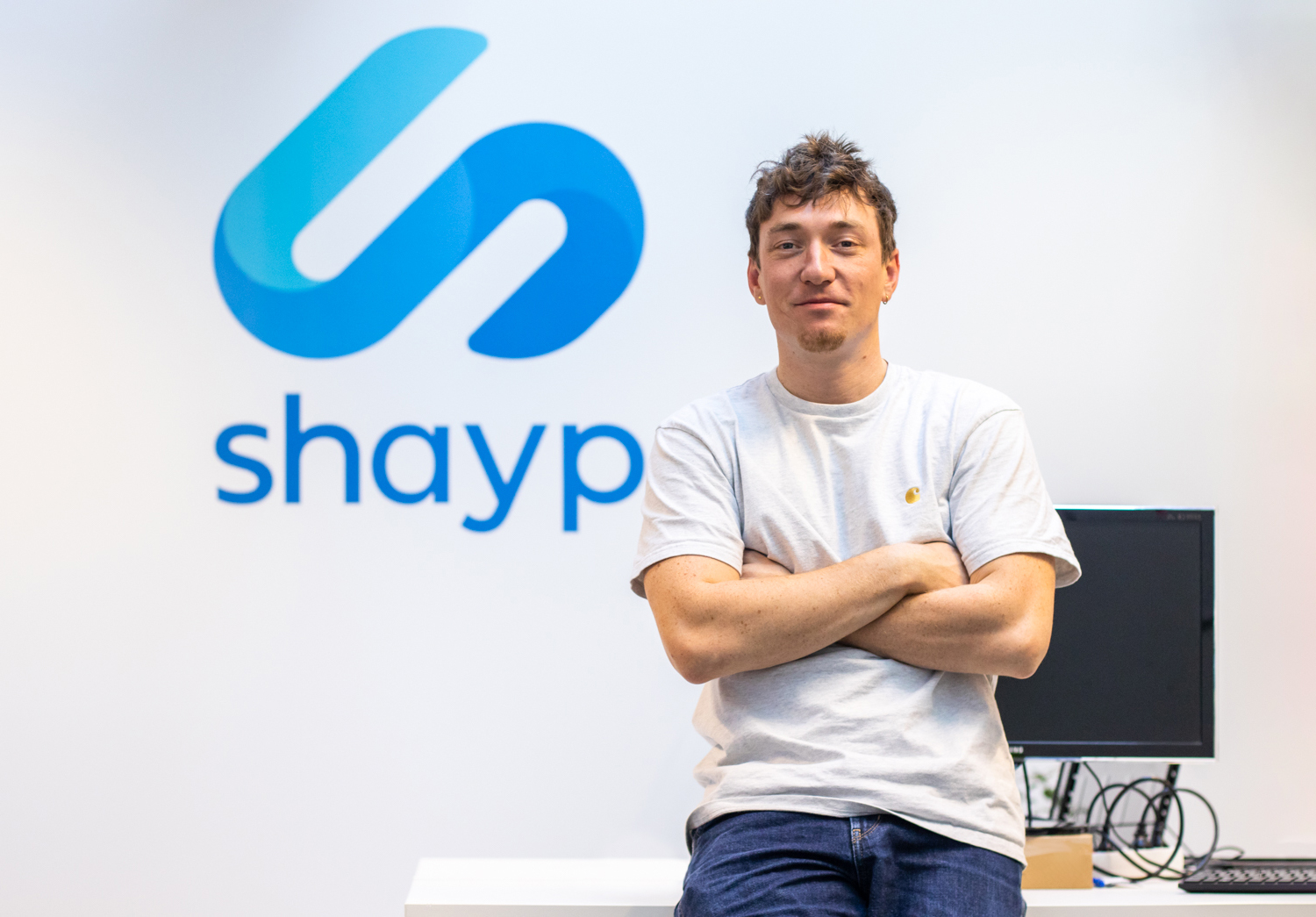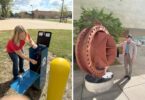Exclusive interview: We caught up with Shayp CEO, Alexandre McCormack, to find out more about the company’s leak detection tech, its recent launch of an industry-first embedded insurance, and the importance of boosting water efficiency in a changing climate.
From source to treatment to tap – a lot of money, energy and resources go into supplying the water we use each day. And in a world grappling with challenges such as urbanisation, pollution and climate change, every drop counts.
Yet, a significant proportion of water is lost because of leaky buildings. Whether it’s for drinking, washing, heating, cooling or landscaping – buildings use 70% of all distributed water in the EU and, as it turns out, waste a lot of it too.
Data collected from across 5 000 buildings by Belgian firm Shayp revealed that one in three buildings is leaking, accounting for over 20% of a building’s total water consumption on average.
These leaks don’t just cost building operators more, but raise the water bill for all users, with low-income communities bearing the brunt. What’s more, leakage isn’t just a waste of water, but a waste of all the resources – principally energy, labour and materials – that went into pumping, treating and distributing that water.
No one, least of all building operators, wants to throw money down the drain. But detecting leaks can be a painstaking process. Water networks in buildings are usually hidden out of sight, and technologies for leak detection are far from standardised in building management. Some researchers estimate that only 5% of leaks in buildings are reported.
Few understand this problem more so than Alexandre McCormack, CEO at Shayp. An architectural engineer by training, Alexandre measured “astounding water loss figures” on the building projects he was working on and knew he had to do something about it. In 2017, he co-founded Shayp.
Shayp reduces leaks in buildings through its AI-enabled software that can detect whether a building is leaking and identify the most likely source.
Raw data from the building’s existing water meters gets pulled into the Shayp platform and then AI automatically classifies leaks in order of importance. The firm’s AI is 30x more accurate than traditional smart metering, says Alexandre.
Buildings that sign a five year SaaS contract with Shayp, pay 5% of their water bill and in return, reduce their water consumption by 20% on average.
Optimising water use this way is often considered a simple and cost-effective way to reduce water consumption. You are simply ‘unlocking’ value from what is already there. One study from the European Commission suggests that water efficiency in buildings could be improved by nearly 40% through technological improvements alone.
“Buildings can significantly reduce their usage and make huge water and cost savings simply through optimisation – no new infrastructure is required,” said Alexandre in an interview with H2O Global News from his office in Brussels.
To date, Shayp has equipped a huge range of buildings with leak detection tech, including supermarket giant LIDL, most of Belgium’s universities and the capital city Brussels.
The firm also works with utilities. Even though utilities technically make more money from leaky buildings, due to overinflated meter readings, they know that unless they reduce overall water use they will have to build more infrastructure and make costly upgrades in the long run. And by using smart software, utilities can improve the efficiency of water provision using their existing smart meterage network with little to no upfront capital expenditure.
The impact of these simple interventions in both buildings and utilities can be huge. The European Commission estimates that water saving devices such as smart leakage detection technologies have the potential to save up to 50% of public water supplies.
Shayp says it has so far saved 5 billion litres of water using its smart solution. That’s equivalent to an Olympic swimming pool stretching 700km from Brussels to Milan and back.
These water saving technologies are easy to introduce and implement and they also have short payback periods, further enhancing their uptake possibilities. Most of the Shayp’s customers see a return on investment within a year.
Shayp is so confident in its technology, it has launched the world’s first embedded insurance for advanced water leak detection technology. Under the insurance, Shayp promises to cover the costs of any leaks that its technology fails to detect.
These kinds of affordable water saving solutions are more important than ever before as water scarcity takes hold across the world. Europe is still reeling from the impacts of its worst drought in 500 years. Climate change is set to make high temperatures and droughts more intense and widespread across the continent – with direct impacts on water availability. Experts say these drought conditions “could become the norm” by 2050.
Alexandre says the good news is that, when compared to 5 years ago, water is becoming a higher priority for the building sector, with more projects focusing on water efficiency. However, the founder also pointed out that as energy prices have spiked this year, many building owners have been directing their attention to energy efficiency measures instead.
“Compared to energy efficiency measures, implementing leak detection technology is cheap, has a rapid return on investment and can result in huge water and cost savings for buildings. It really is a no brainer,” said Alexandre.
What is clear is that there needs to be more awareness around water efficiency, both on its importance but also around the availability of simple, cost-effective solutions. With the looming climate crisis, adopting leak detection technologies will surely become a matter of business survival for building operators and utilities alike.







